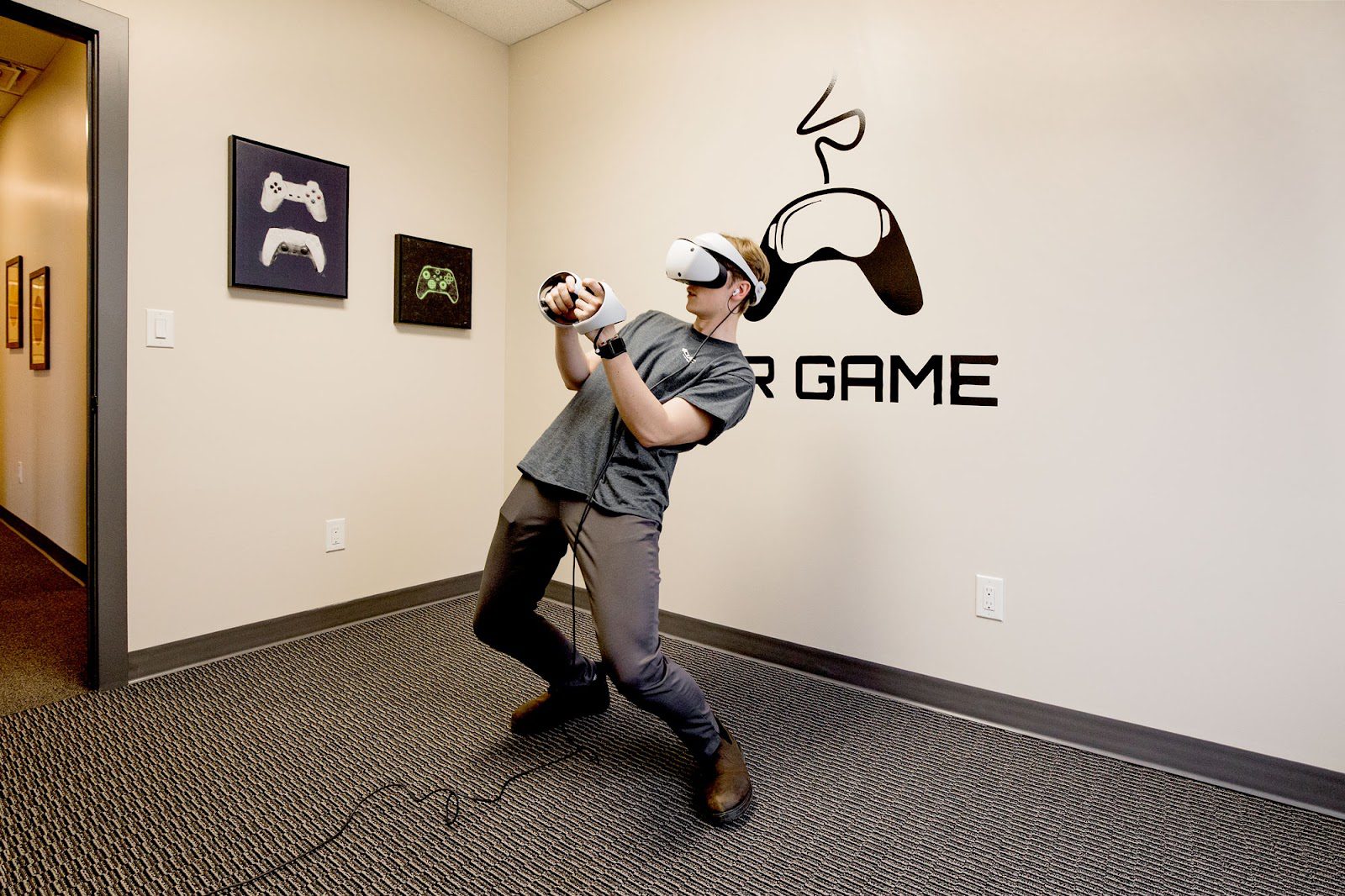
What Shall We Do This Summer?

Jul 30, 2015
How Parents and Caregivers Plan Summer Activities for Children
This is a question that most parents or caregivers begin to contemplate towards the end of the school year. For most families, summer planning comes naturally through enrolling children in various camps, sports programs, summer school programs, and recreational activities. We plan family vacations or day outings to local attractions. Camping trips are often a significant part of summer activities, and spontaneous day trips are welcomed with instant enthusiasm from children. However, these typical summer scenarios are not always the norm for all families.
Why Summer Presents Unique Challenges for Children with Autism
The world looks very different for kids with autism spectrum disorder (ASD), a neurodevelopmental condition affecting communication and behavior. The summer season can be an arduous shift for children with autism. Keeping in mind that people with ASD thrive on routine and predictable structure, summer break can only mean the opposite of their needs.
How School Structure Changes Create Anxiety for Autistic Children
The mere fact that there is no morning school bus routine can be a terrifying experience for some children with autism. Not knowing what to expect from one day to the next adds unpredictability to their environment. Truthfully, it isn't possible to mimic the structured environment that school offers at home. However, to allow kids with ASD to transition slowly from school routine to summer schedule, and to stay occupied with activities that fulfill their sensory and developmental needs, thereby reducing stress-induced behaviours and agitation, it is imperative to plan a course of action ahead of time. So, the question for parents or caregivers of kids with ASD is really, "What shall we plan to do this summer?" Here are some evidence-based guidelines.
How Visual Learning Tools Help Autistic Children Prepare for Summer
People with ASD are predominantly visual learners who process information better through images than verbal instructions. For the most part, and irrespective of their level of cognitive functioning, they have lower comprehension when instructions are given to them verbally only. Rather than trying to explain summer changes through verbal communication, create social stories and visual schedules appropriate for their developmental level to prepare them for the transition. Start with the first Monday morning after summer school break starts. Show them through pictures and visual aids what will be happening on that first Monday morning instead of going to school.
How to Plan Developmentally Appropriate Summer Activities for Autism
It is a good idea, when planning summer activities and community outings, to start slowly with familiar environments. One essential factor to keep in mind is whether the activities and outings planned are developmentally appropriate for the individual child's needs. Environmental factors like noise levels, lighting conditions, or lengthy travel times might prove to be difficult to handle for some children with autism, while others may tolerate higher levels of sensory input. For example, street performances can be very crowded and noisy environments, and that sensory overload could translate to a person with ASD becoming very anxious, in turn leading to challenging behaviours which are harder to contain in a public setting.
How Weather Conditions Affect Children with Autism During Summer
Heat and humidity levels also need to be carefully considered, as people with ASD often perspire more profusely than neurotypical individuals, feel overly exhausted in high temperatures, and do not have the developed communication skills to effectively communicate their physical discomfort. It is, of course, impossible to predict the weather conditions accurately, but having a 'plan B' alternative activity is always a good preparation strategy.
Why Shorter Activities Work Better for Children with Autism
Although people with ASD have differing levels of attention span and focus abilities, in general they are easily overwhelmed by certain environmental settings, hence, it is ideal to plan for shorter duration activities and to keep expectations in regards to timeframe reasonable, especially during the initial summer transition period.
How to Manage Wait Times and Unexpected Delays with Autistic Children
For instance, long wait times at attractions or restaurants can be a significant trigger of unexpected behavioral responses. Waiting is a hard abstract concept to understand for people with ASD, but there are effective evidence-based ways to combat this challenge. If possible, buy admission tickets in advance to reduce waiting periods. If you do anticipate a wait time situation, have something tactile ready for them to fiddle with or manipulate. Keep an emergency supply of preferred snacks on hand, listen to calming music through headphones, or even allow your child to wait in the car while another adult deals with the logistics.
Why Sensory Breaks Are Essential During Summer Activities
Breaking activities and outings into smaller time chunks also provides individuals with ASD with the intermittent down-time that is essential to their emotional regulation and peace of mind. Allowing them to watch something on an iPad device, squish a stress ball, rock back and forth, or perform whatever other self-soothing activity meets their sensory requirements is just as important during summer months as during the school year.
How Visual Schedules Reduce Anxiety in Children with Autism
Being proactive with communication tools is always beneficial for children with autism. Carrying a portable visual schedule can effectively help to provide some emotional calm to people with ASD. It reminds them of what to expect next and clarifies the logical connections between events, using the "First-Then" behavioral concept – "First park visit, then lunch time." This visual structure alleviates anxiety of the unknown future events. An entire personalized calendar system is also a good organizational tool to provide the necessary constant reminders of what is happening next in their schedule. However, it is equally important to prepare them for inevitable changes in routine, such as the cancellation of some planned event, to avoid confusion and emotional stress.
Why Crisis Management Plans Are Vital for Summer Outings
Last, but certainly not least, having a detailed crisis management plan, a behavioral redirection strategy, in the event of extreme behaviors is vital for public safety. A contact list of people to call, a slip of paper in a backpack with demographic information and emergency contacts in case they go missing, for example, is crucial preparation.
How Responsible Caregivers Prepare for Public Environments
As with any young person being brought out into a busy public environment, responsible preventative safety measures are what make us conscientious parents and caregivers.
How Sensory Processing Differences Affect Children with Autism
People with autism may smell odors more strongly, they may see visual details more clearly, hear sounds more loudly, and feel textures and taste foods differently than neurotypical individuals. As we teach them the social skills and adaptive abilities required to cope with a fairly overwhelming sensory world, it is important to flex our thinking and make environmental accommodations that will help them to be successful, while respecting and retaining the essence of who they are as individuals. Summer break, after all, should be a time of fun and enjoyment for everyone in the family.
- Roopa Belur, Behavior Specialist
